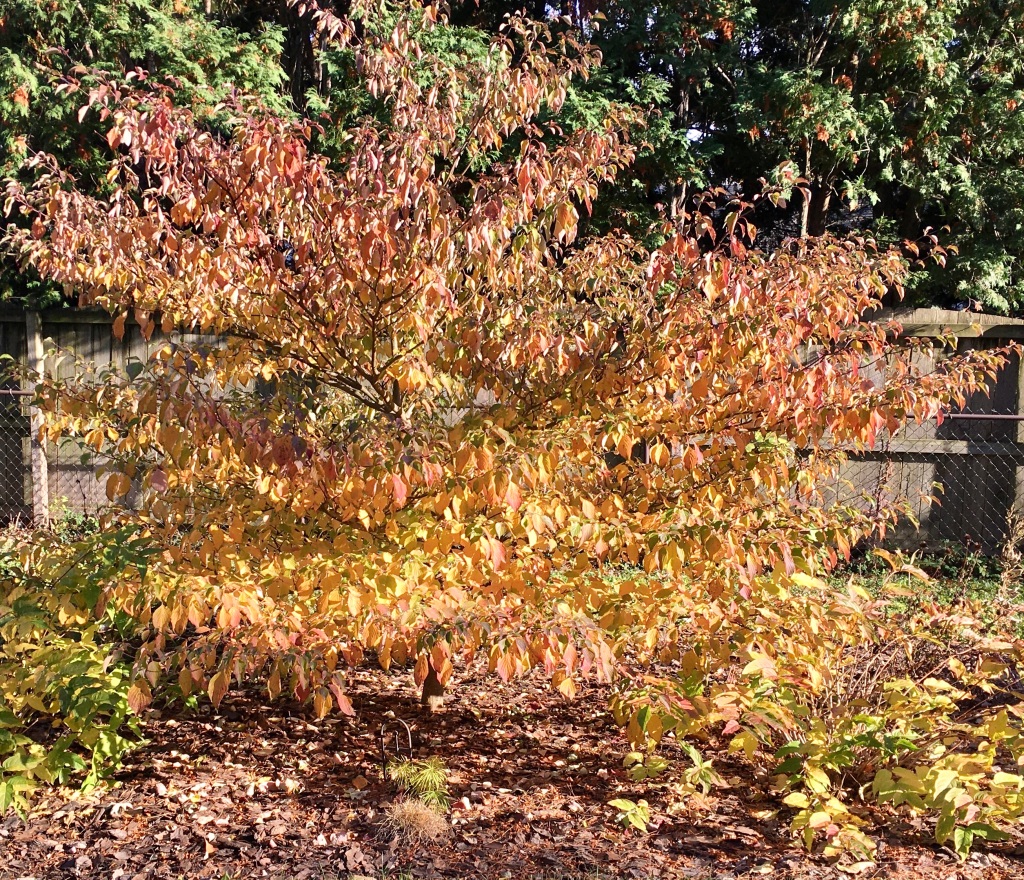
Hello Native Plant Lovers!
We at J. Lynne Associates are excited to be hosting our first ‘Wild for Native Container Gardens Workshop’!
Our event will be Saturday, June 24 from 10AM to 1PM at the Unitarian Universalist Congregation in Fort Wayne, IN. Their address is 5310 Old Mill Rd, Fort Wayne, IN 46807. A huge thank you to the UUC for allowing us to use their beautiful space!
All materials will be provided including several native plants, a fabric container basket (Root Pouch brand if you’re interested, they even have handles for easy transport!), and a fun art project if you want to decorate a garden stone! One of our native plant vendors will have more plants for purchase as well. Spaces are limited!
See you soon!
Judith













